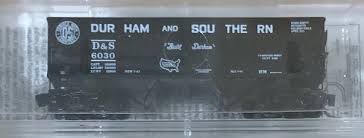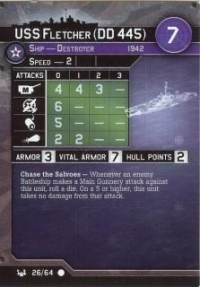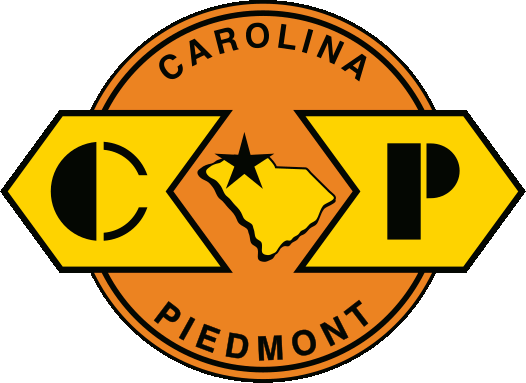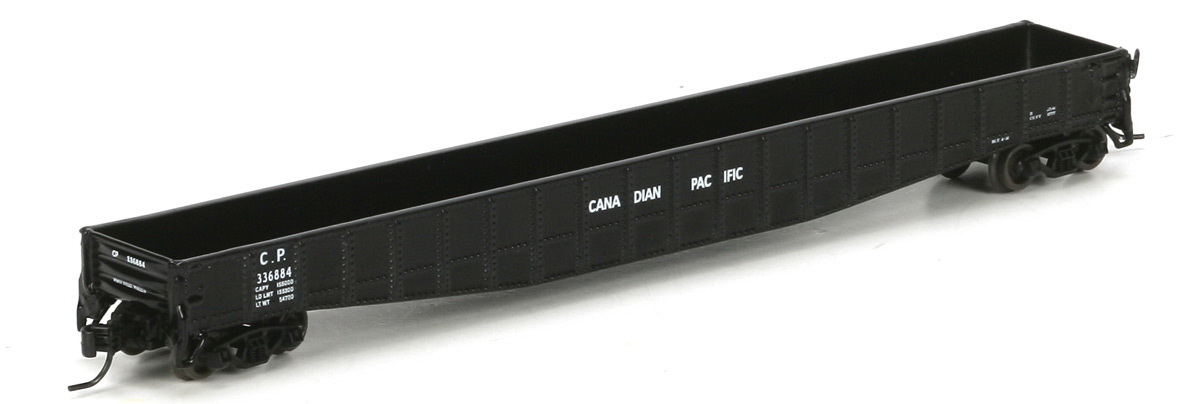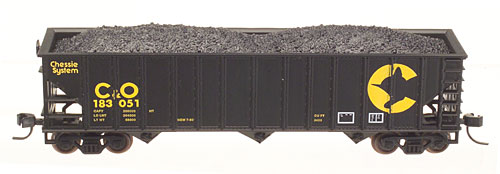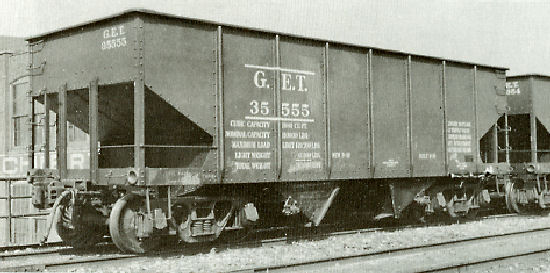Specific Item Information: Only available as part of 4-pack NSC 99-24.
Model Information: This model dates back to 1979, making it one of Micro-Trains' earlier releases. It features operating bay doors - a feature unqiue in N Scale to Micro-Trains hoppers. It models a two-bay steel hopper commonly seen during the transition era.
Prototype History: The USRA 55-Ton hopper was designed by the United States Railway Administration during World War I as a standardized hopper to be used by all railroads in order to aid the war effort. After WWI many railroads continued to use the USRA 55-Ton hoppers, as well as build many thousands more clones. The USRA hopper was in use on North American railroads from 1918 until the 1970’s
Road Name History: 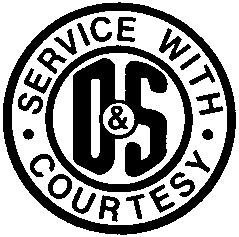 The Durham & Southern was incorporated in 1906 to take over a line that ran from Dunn to Apex, North Carolina and push the line onward to the city of Durham. This would provide Durham with a connection to the Seaboard Air Line and Atlantic Coast Line mainlines at Dunn. In total the D&S line was 59 miles long.
The Durham & Southern was incorporated in 1906 to take over a line that ran from Dunn to Apex, North Carolina and push the line onward to the city of Durham. This would provide Durham with a connection to the Seaboard Air Line and Atlantic Coast Line mainlines at Dunn. In total the D&S line was 59 miles long.
In the steam era, the D&S fleet of 9 engines was dominated by 2-10-0’s. One of these decapods was one of only two steam locomotives built for a common carrier in the entire country in the Depression year of 1933. Also on the roster was a former N&W 4-8-0.
For many years, the Duke family owned the D&S. They also owned Duke Power and the Piedmont & Northern Railway. For much of this period the P&N and D&S shared a management team although the two railroads did not directly connect. In the 50s, the management was split and the Dukes sold the D&S to a Durham based construction company.
The early diesel era was dominated by Baldwin road switchers (like most Baldwins, built with the long hood as the front end.) In the early 70s, a quartet of GP38-2’s was brought in to do the heavy work. In 1976, Seaboard Coast Line bought the Durham & Southern and fully merged the company in 1981.

In the steam era, the D&S fleet of 9 engines was dominated by 2-10-0’s. One of these decapods was one of only two steam locomotives built for a common carrier in the entire country in the Depression year of 1933. Also on the roster was a former N&W 4-8-0.
For many years, the Duke family owned the D&S. They also owned Duke Power and the Piedmont & Northern Railway. For much of this period the P&N and D&S shared a management team although the two railroads did not directly connect. In the 50s, the management was split and the Dukes sold the D&S to a Durham based construction company.
The early diesel era was dominated by Baldwin road switchers (like most Baldwins, built with the long hood as the front end.) In the early 70s, a quartet of GP38-2’s was brought in to do the heavy work. In 1976, Seaboard Coast Line bought the Durham & Southern and fully merged the company in 1981.
Brand/Importer Information: Micro-Trains is the brand name used by both Kadee Quality Products and Micro-Trains Line. For a history of the relationship between the brand and the two companies, please consult our Micro-Trains Collector's Guide.
Manufacturer Information:  Micro-Trains Line split off from Kadee Quality Products in 1990. Kadee Quality Products originally got involved in N-Scale by producing a scaled-down version of their successful HO Magne-Matic knuckle coupler system. This coupler was superior to the ubiquitous 'Rapido' style coupler due to two primary factors: superior realistic appearance and the ability to automatically uncouple when stopped over a magnet embedded in a section of track. The success of these couplers in N-Scale quickly translated to the production of trucks, wheels and in 1972 a release of ready-to-run box cars.
Micro-Trains Line split off from Kadee Quality Products in 1990. Kadee Quality Products originally got involved in N-Scale by producing a scaled-down version of their successful HO Magne-Matic knuckle coupler system. This coupler was superior to the ubiquitous 'Rapido' style coupler due to two primary factors: superior realistic appearance and the ability to automatically uncouple when stopped over a magnet embedded in a section of track. The success of these couplers in N-Scale quickly translated to the production of trucks, wheels and in 1972 a release of ready-to-run box cars.
Micro-Trains Line Co. split off from Kadee in 1990 to form a completely independent company. For this reason, products from this company can appear with labels from both enterprises. Due to the nature of production idiosyncrasies and various random factors, the rolling stock from Micro-Trains can have all sorts of interesting variations in both their packaging as well as the products themselves. When acquiring an MTL product it is very important to understand these important production variations that can greatly enhance (or decrease) the value of your purchase.
Please consult our Micro-Trains Collector's Guide

Micro-Trains Line Co. split off from Kadee in 1990 to form a completely independent company. For this reason, products from this company can appear with labels from both enterprises. Due to the nature of production idiosyncrasies and various random factors, the rolling stock from Micro-Trains can have all sorts of interesting variations in both their packaging as well as the products themselves. When acquiring an MTL product it is very important to understand these important production variations that can greatly enhance (or decrease) the value of your purchase.
Please consult our Micro-Trains Collector's Guide
Item created by: gdm on 2017-09-18 12:31:48. Last edited by gdm on 2020-05-15 10:23:58
If you see errors or missing data in this entry, please feel free to log in and edit it. Anyone with a Gmail account can log in instantly.
If you see errors or missing data in this entry, please feel free to log in and edit it. Anyone with a Gmail account can log in instantly.


